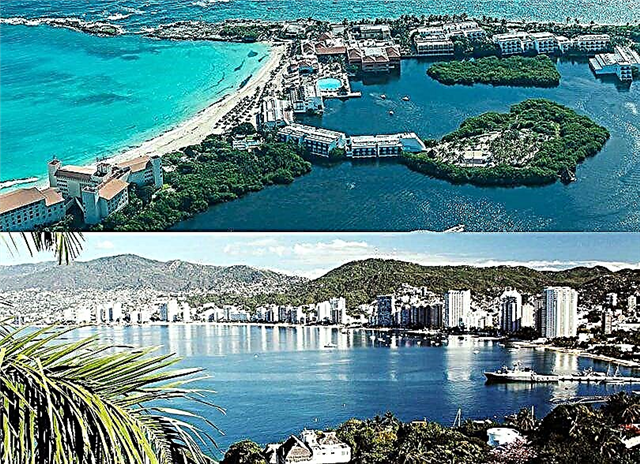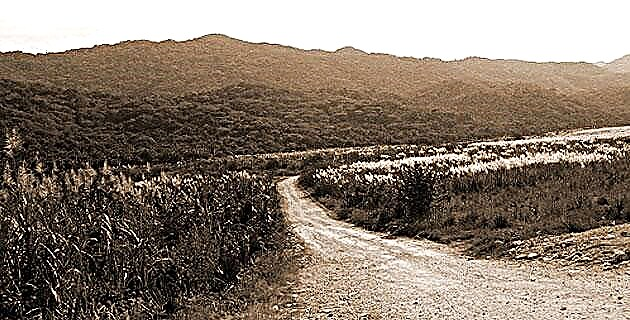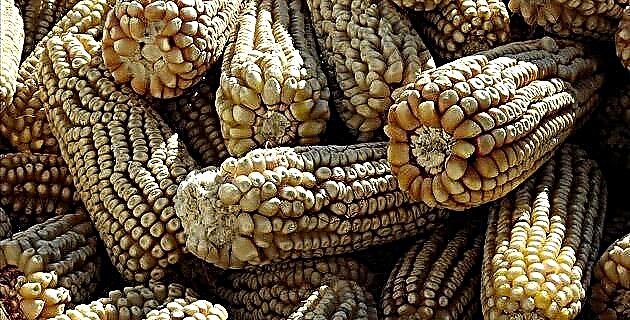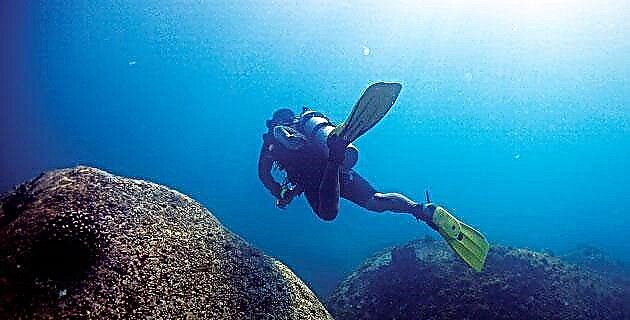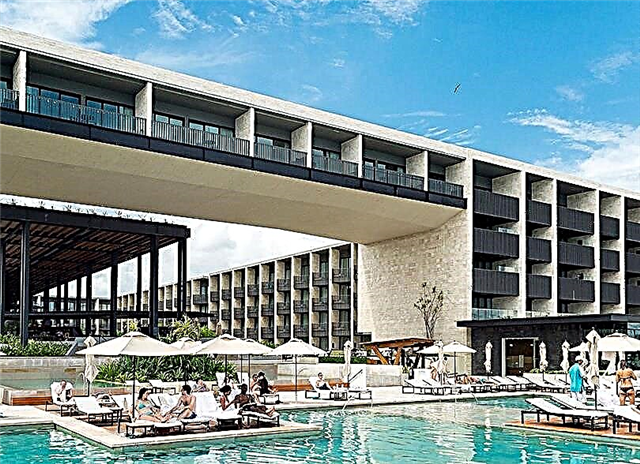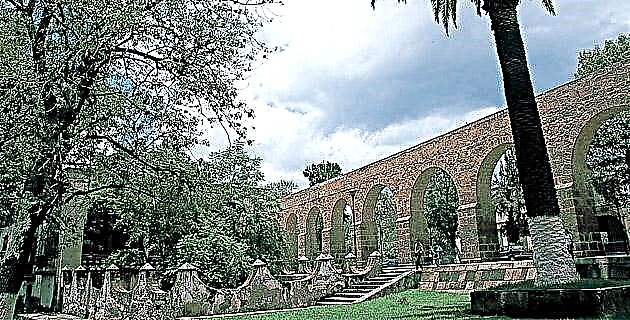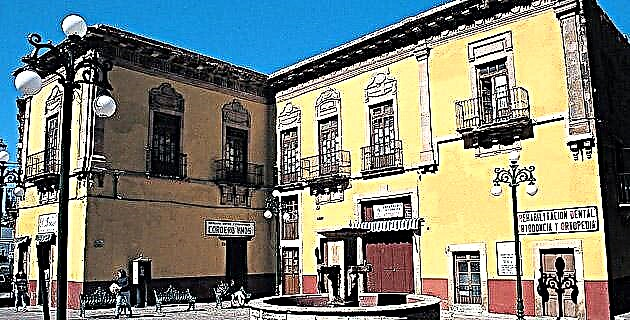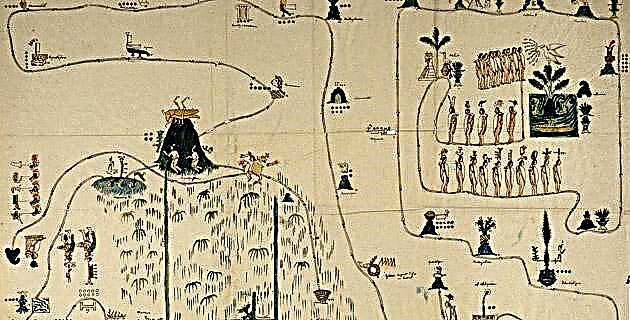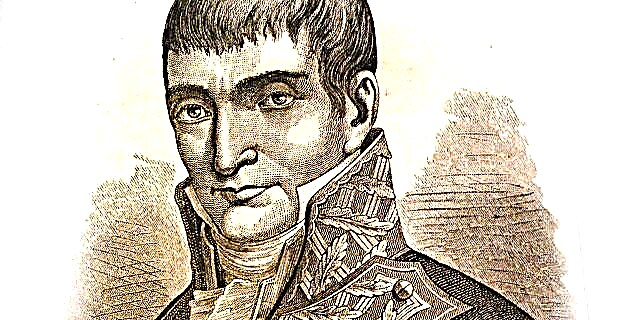
Calleja was the organizer and chief of the central army (1810-12) during the War of Independence and the sixtieth viceroy of New Spain, ruling from 1813 to 1816, being one of the great villains in the history of Mexico.
He was born in Medina del Campo, Valladolid, and died in Valencia. He made his first campaign as a second lieutenant in the ill-fated Algiers expedition, led by Count O'Reilly in the reign of Charles III. He was a teacher and captain of a company of 100 cadets, including Joaquín Blacke, regent after Spain, and Francisco Javier de Elío, future viceroy of Buenos Aires, at the Military School of Puerto de Santa María.
He arrived in New Spain with the second count of Revillagigedo (1789), as captain attached to the fixed infantry regiment of Puebla, and successfully carried out several commissions until he was appointed commander of the San Luis Potosí brigade. There he had under his command the canton of troops ordered to gather by Viceroy Marquina, who was attended with his company by Captain Ignacio Allende. There he also married Doña Francisca de la Gándara, daughter of the royal ensign of that city, who was the owner of the great Hacienda de Bledos; and he acquired great influence on the people of the country, who knew him as "the master Don Félix."
When the insurrection of Hidalgo occurred, without waiting for orders from the viceroy, he put the troops of his brigade on the arms, increased them with new ones and organizing and disciplining them, he formed the small (4,000 men) but powerful army of the center, which managed to defeat Hidalgo and face the formidable offensive started by Morelos.
Calleja retired to Mexico after the siege of Cuautla (May, 1812), he had in his residence (Casa de Moncada, later called Palacio Iturbide) his small court where the discontent with the Government of Venegas, who they accused of lacking money and powerless to contain and end the revolution. About 4 years later he ruled the country as viceroy. He completed the army by making it reach 40,000 men of line troops and provincial militias, and as many of royalists organized in all the towns and estates, both of them mostly leaving the provinces that were in revolution; he reorganized the Public Treasury, whose products increased with new taxes; it reestablished the mercantile traffic with the frequent convoys that circulated again from one end of the kingdom to another and the regular postal service; and grew the performance and customs products.
This supposes the continuous and intense campaigns that he promoted against the insurgents, in which Morelos succumbed. A determined and unscrupulous man, he did not stop himself in the media and closed his eyes to the abuses that his commanders committed, if they served the real cause with zeal. He thus made himself hateful to his contemporaries.
Returned to Spain, he received the title of Count of Calderón (1818) and the great crosses of Isabel la Católica and San Hermenegildo. After being captain general of Andalusia and Governor of Cádiz, he had command of the expeditionary troops of South America, which rose up before leaving and reduced him to prison (1820). Released, he refused the Government of Valencia and was again imprisoned, in Mallorca, until 1823. "Purified" in 1825, he remained in the barracks in Valencia until his death.

